The word Champagne, legally, is capitalized because it’s a placename—the famed sparkling wine comes from that small region north of Paris. This is an example of why place-named products are unique and often lead to laws protecting their names and reputations.
France, home to the world’s most important wine culture for hundreds of years, has dozens of placenames today that are supported by laws it sees as essential to protecting areas that are de facto brands. As a result, many of its regional names such as Chablis, Sancerre, and Beaujolais cannot be used on wines made by anyone outside these districts.
When a European wine region’s name (i.e., Chianti in Italy) is synonymous with one wine type that’s permitted to use that designation, the name of the primary grape (such as sangiovese) does not need to be identified. It isn’t legal to make Chianti without it.
One reason for these regulations is that laws allowing their use can apply only to wines that conform to rigid regional regulations—including the use of only permitted grape varieties. There are exceptions to these rules in some other countries.
You see some California Chablis, for instance. Such terms, which have been used here for decades, appear on wines that are “grandfathered in.” The U.S. government agrees that certain terms have been in use here for so long that they may continue to exist.
Such exceptions have long riled makers of the great white wines of Chablis, for example. Chablis is a classic Burgundian district, and it has continued to oppose any out-of-region use of its name.
With this as a backdrop, look at olive oil. A controversy has embroiled the California olive oil industry for a few years. A large company, California Olive Ranch (COR), made a blended olive oil called Destination Series not long ago, which contained olive oils from other countries.
Its label, however, make it look like a California oil. Other California olive oil producers, from artisans to large companies, said COR’s label was deceptive.
One reason was the brand—California Olive Ranch. It appeared on the label with the state name in large print followed by a logo and “Olive Ranch” below the logo. It appeared similar to previous labels in which the oil was entirely from California olives.
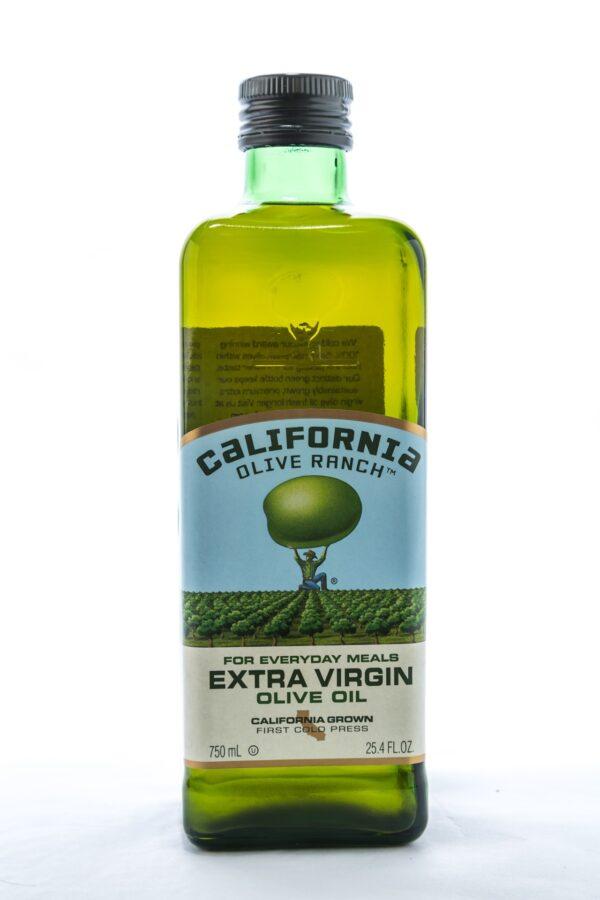
Other olive oil producers argued that this Destination Series product was an attempt to obfuscate because the oil was a blend containing only a small amount of California olives.
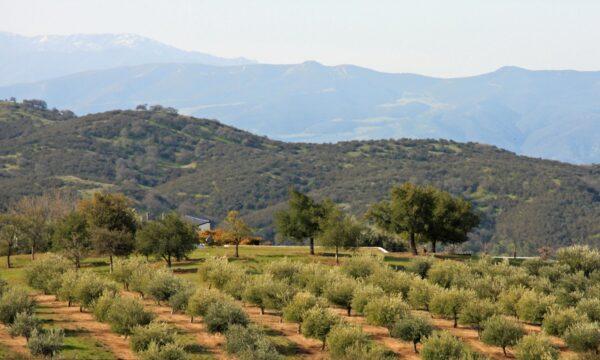
Subsequently, COR redesigned its label, eliminating the word “Destination.” The company name was still in large type at the top of the label, along with the words “Global Blend.”
In small type at the bottom of the label, it says, “A Global Blend of Oils from Argentina, Chile, Portugal, California.” No percentages are listed.
The major olive oil industry body, the Olive Oil Commission of California, opposes COR’s labeling, arguing that the company’s name, with “California” so prominent, makes it appear that only California olives are used.
Among those opposing COR are larger companies such as Corto, Cobram Estate, Seka Hills Estate, McEvoy Ranch, and numerous other artisan producers.
They support the passage of State Assembly Bill 535, which prohibits the sale of “any ‘California Olive Oil’ that indicates that California is the source of the oil unless 100 percent of that oil is derived from olives grown in California.”
Olive oil judge and writer Alexandra Kicenik Devarenne has followed this topic and recently had an article on it on OliveOil.com. She says, “AB 535 is the way to settle this.”
The Senate re-cast one key section of the bill, which now reads: “Any container of olive oil produced ... in California which contains olive oil produced from olives grown in locations other than California ... and includes ‘California’ in any form on the (label) shall state (in a similar font size) the minimum percentage of California-grown olive oil in the container.”
Wine of the Week
2018 Cambria Pinot Noir, Santa Maria Valley, “Julia’s Vineyard” ($22): The aroma of this gorgeous, lighter-weight red wine leans heavily on distinctive Central Coast black cherry and herb elements. The entry is seductive, with soft and generous fruit flavors and a handsome and structured mid-palate in which the tannins play a very minor role. If this wine had come from a more prestigious area of California, its price point would be approximately twice as much. As it is, some discounters are carrying it for less than $20. A startling value.

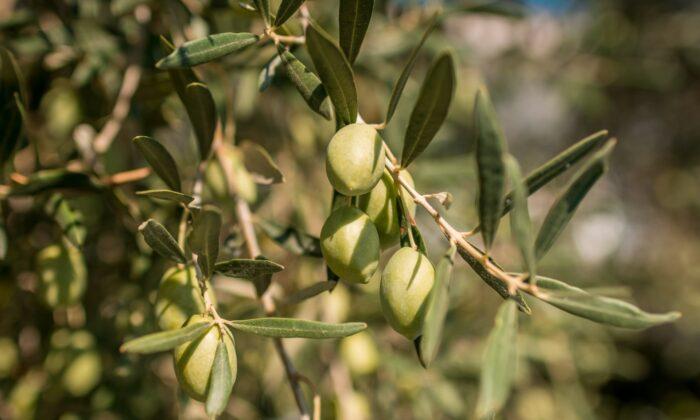

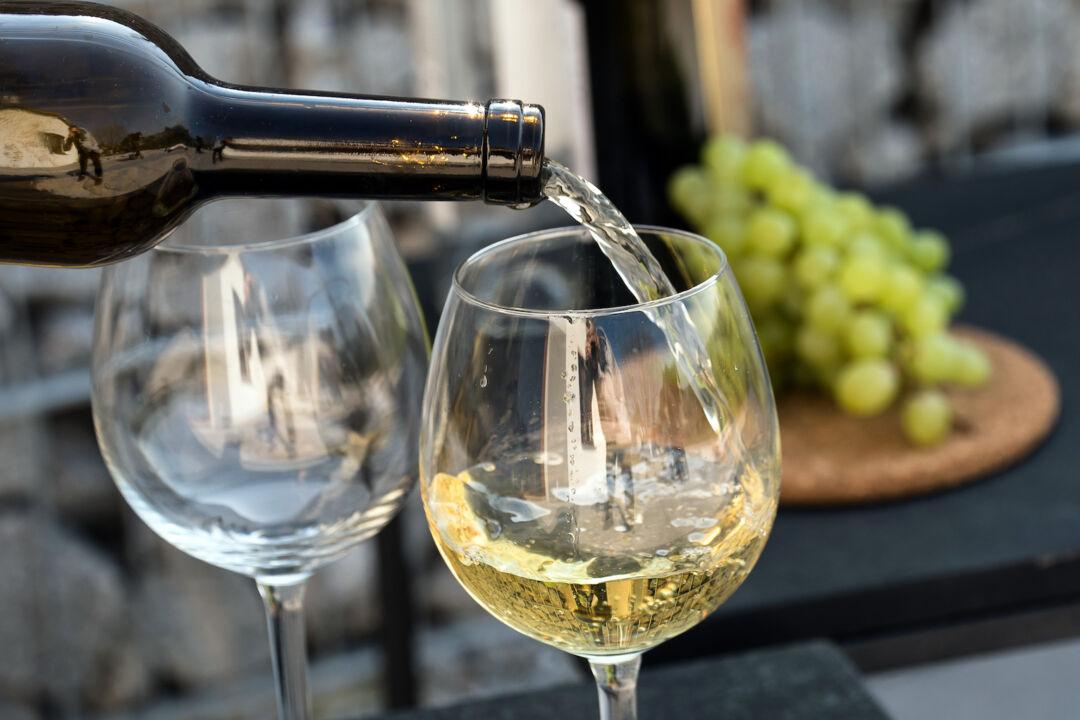
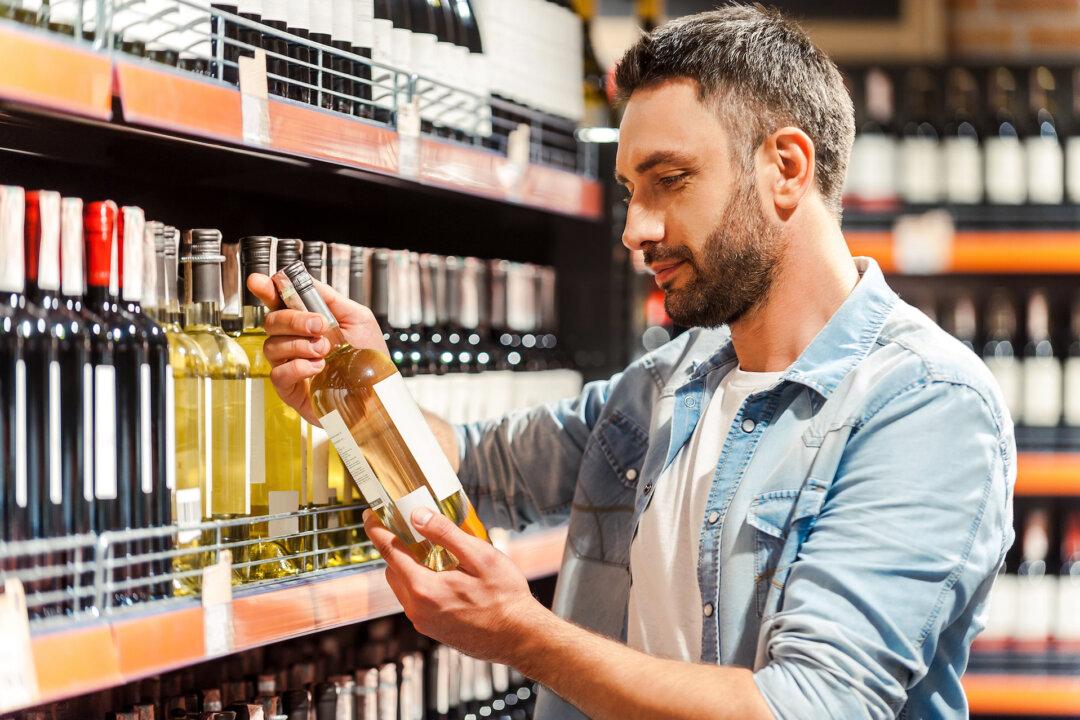
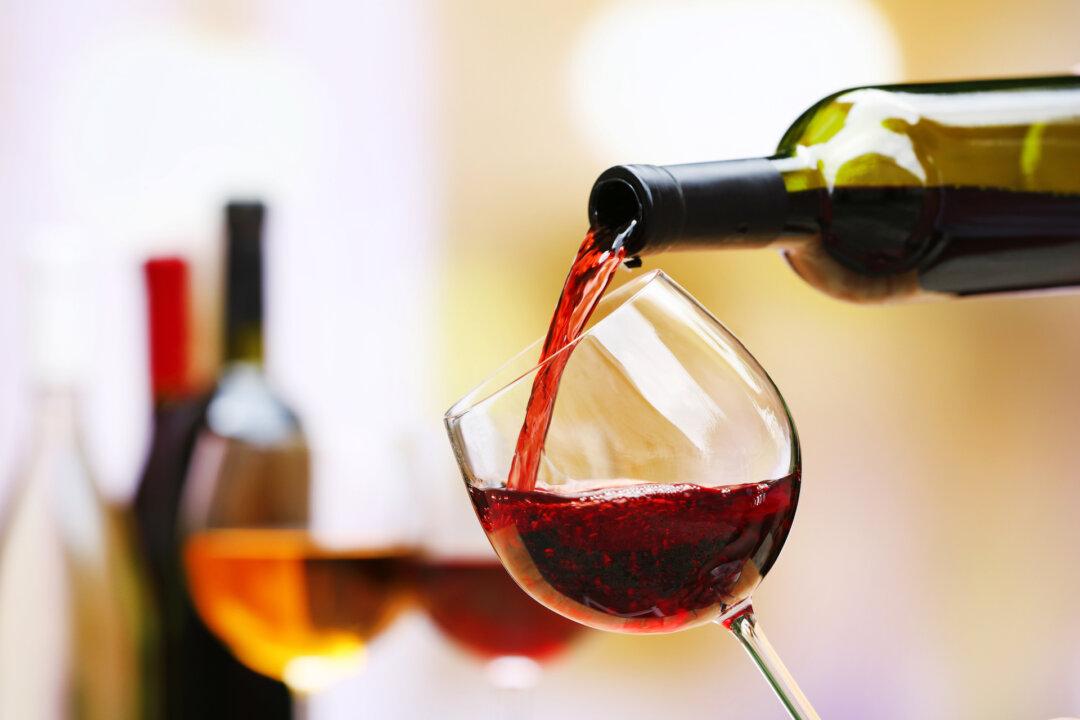
Friends Read Free